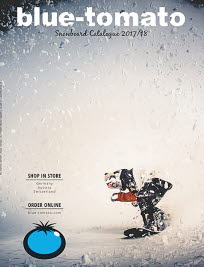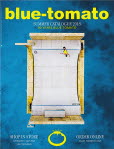Contrary to general notion, catalogues are still a relevant part of the marketing mix. A lot of the advertising is digital today, simply because digital product inventories offer searchability and filtering options that are much easier to do digitally than in print. On the other hand, in more exclusive contexts paper is still a great option. Here’s where catalogues come into the picture.
In an article in Harvard Business Review, author-consultant Denise Lee Yohn states that catalogues are here to stay in the face of all the digital channels. Companies realise that digital can no longer stand alone – the more channels you can engage the consumer in, the more money they spend. The digital storm is so noisy that it's hard to reach people, while surveys by postal services such as US Post, Canada Post and Scandinavian PostNord reveal that catalogues arriving in the post are given attention in quite different ways.
Ulf Johansson, Professor of Marketing at University of Lund, Sweden, supports this statement, and asserts that catalogues have advantages over digital channels for conveying high-quality lifestyle content.
“Digital ads that flash by our eyes are not perceived by consumers as having any exclusive cachet. But a catalogue provides a whole different tangible experience. Holding something printed on high-quality paper and then turning the pages, looking while touching them, stirs emotions in a way the digital format can't match”, he says.
However, it's apparent that the content criteria have changed. If you want your catalogue to appeal to the audience, it's no longer enough to just present your products. According to Johansson, catalogues require more exclusivity in terms of content, graphic design and paper. The format allows you to publish large images, and gain more control over the colour rendering, with a grade of paper and content to match.





